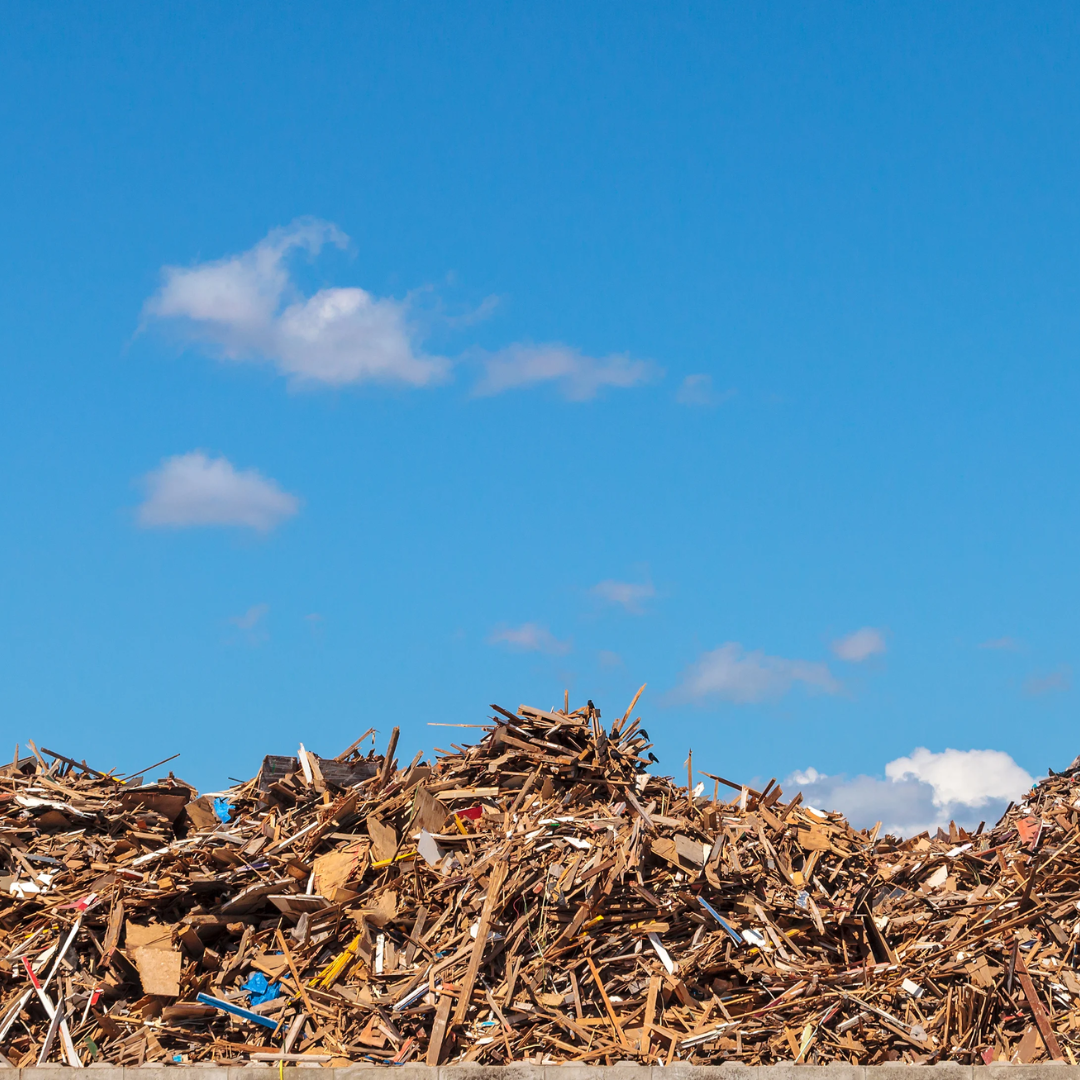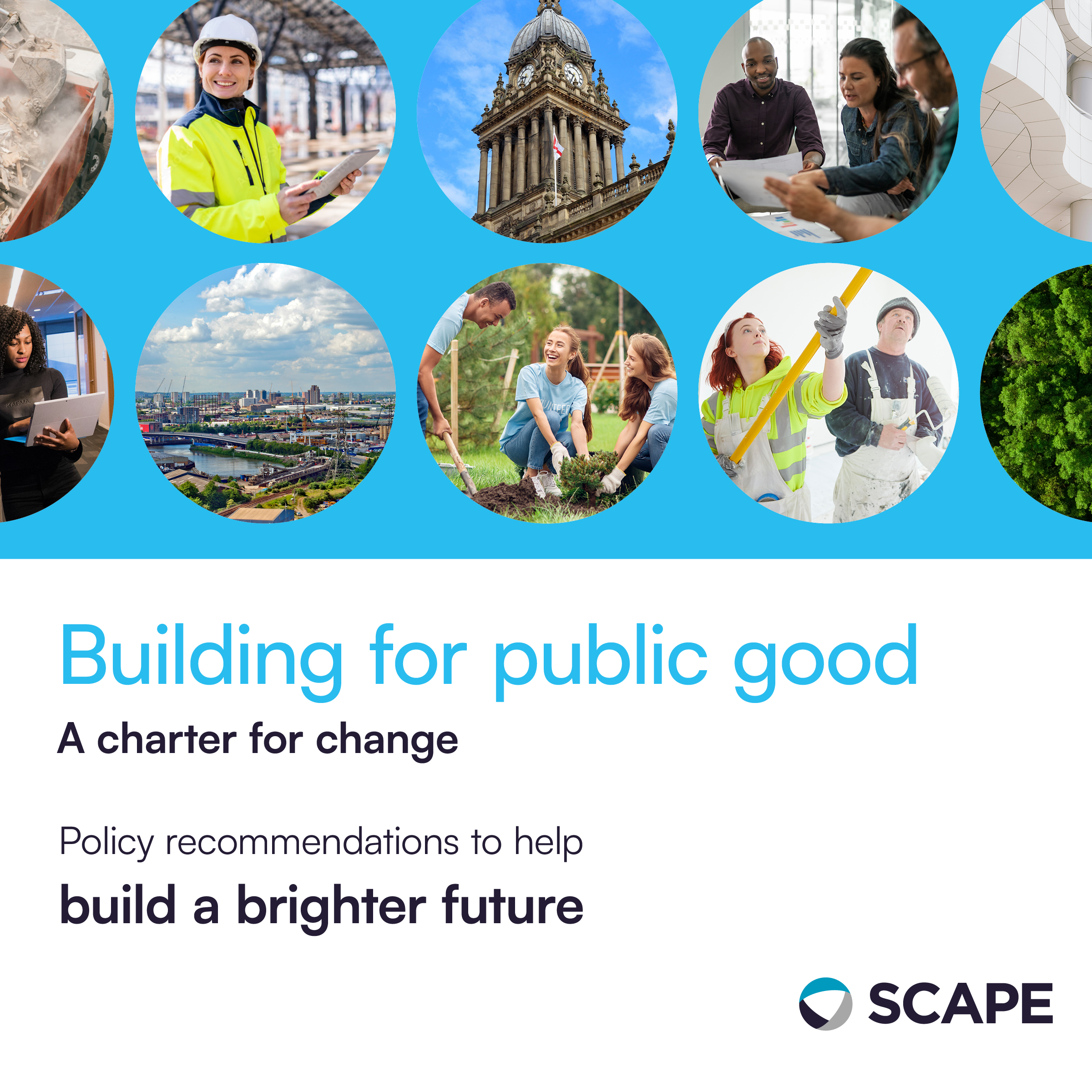Essential Asbestos Disposal and Management Risks Construction Projects Must Address
When managing construction waste in your projects, understanding key challenges is essential, especially when it comes to asbestos. In this blog,...
There are many essential strategies to consider in built environment projects to effectively minimise construction waste. A significant method to achieve construction waste reduction while also reducing costs in your construction project is through the reuse of construction materials.
GGMS, a company subscribed to Construction Waste Portal, is dedicated to supporting contractors with responsible reuse of high-quality surplus fit-out items, aiming to revolutionise asset management, reuse and sustainable practices in construction. The team at GGMS has created this guest blog to share valuable insights to enhance your built environment project's outcomes in managing construction waste. In this blog, we will explore:
Construction material reuse is the process of repurposing materials which are left over from waste that is built up during a construction project. Implementing reuse in your projects is an effective strategy to reduce construction waste and save money as this practice minimises the need for new resources. Management of this process is crucial in any construction project and digital asset management plays a vital role in facilitating it.
The digital tracking and management of assets, deemed as waste, provides transparency to manage the flow of materials throughout a construction or fit-out project. While upcoming legislation next year will likely make this mandatory, the real value lies beyond compliance.
Accurate tracking enables businesses to understand what is being discarded, when, and where - providing the insights needed to reduce waste, generate greater reuse opportunities, and make more informed decisions about new procurement and disposal.
For UK businesses, remaining compliant means investing in robust asset management tools to take more control over waste flows and generate reliable data to support project reporting and ultimately ensure ESG (Environmental, Social, and Governance) targets are met.

The fit-out and construction sector is a well-documented source of waste. Equipment, Furniture, Fittings, Components and Materials (EFFC&M) are often uplifted during demolition, regardless of their condition, simply because the systems in place to assess, recover, and reuse them aren’t embedded in the project process.
Digital tracking doesn’t solve that problem alone. However, when partnered with circular solutions, it becomes a key enabler. Circular strategies focus on extending the life of assets through reuse back into design, reallocation to third parties, refurbishment or after all other avenues have been exhausted, zero-to-landfill recycling.
By tracking not just what is being disposed, but also what is being retained and reused, then the client, contractor & supply chain all fully understand the project’s main objectives.
In practical terms, this means identifying surplus materials, understanding their potential for reuse, and integrating that data into project workflows. A clear circular strategy directly reduces the overall volume of waste from site and demonstrates an ability to manage waste in a responsible manner. Showcasing accountability over what is procured, used, and retained - leading to better resource recovery.
"The future of construction belongs to those who lead with reuse."
Jane Lingard, Executive Group Director at GGMS continues:
"As the industry shifts toward circularity, we're empowering project teams to turn bold sustainability targets into measurable outcomes. By harnessing dynamic data, we're not just reducing waste, we’re avoiding waste and we're keeping valuable materials in play. Tools like SmartED-i® and Construction Waste Portal are revolutionising how we manage, track, report on materials at every project stage, making circular practices and re-use the new standard."
For project managers, introducing digital reuse management into fit-out projects requires coordination across supply chains, procurement teams, and subcontractors. Many organisations still operate without the infrastructure needed to track waste in real time, making it difficult to understand where materials are lost or underutilised.
There’s also a cost consideration. Upfront investment in digital tools and systems can be a barrier, particularly for smaller contractors. But with mounting pressure from clients and stakeholders to demonstrate environmental responsibility, the cost of inaction is rising. Inaccurate data, missed reuse opportunities, and unreported waste are increasingly viewed as signs of poor project governance.
The shift away from linear construction models presents an opportunity to reimagine waste as a valuable resource stream within a secondary market. When EFFC&M management is used to its full potential, it enhances cost efficiency, carbon reduction, and smarter procurement.
Organisations adopting circular principles in their fit-out processes are already seeing the benefits - reduced landfill use, lower material costs, and stronger ESG credentials. As more businesses implement digital tracking and zero-waste strategies, those early to adapt will be better positioned to meet future expectations and lead on further sustainability projects.
Organisations across the construction industry are facing a pivotal shift in how they manage materials and report waste. This isn’t just a matter of ticking regulatory boxes, it’s a broader call to rethink waste as a data-driven, strategic challenge.
At the centre of this shift within the built environment is the need for visibility. Knowing what materials you have, where they are, and how they’re being disposed of or ideally, reused is fundamental. GGMS’s SmartED-i® platform provides that visibility. An intelligent platform designed not just to track waste, but also to build a clear picture of the available resources and potential reuse streams.
GGMS works with organisations to design bespoke reuse programmes for EFFC&M, embedding a ‘reuse first’ mindset instead of ‘rip out and replace’. This is particularly relevant in fit-out projects, where the potential for asset recovery and redistribution shouldn’t be overlooked.
A critical part of enabling circularity is infrastructure. GGMS operates a dedicated warehouse and workshop that offers more than just temporary storage. It provides a space for ‘pit-stop’ asset holding to encourage faster reuse but also repair and maintenance - extending the life of items that would otherwise be deemed surplus.

The partnership between GGMS and the Construction Waste Portal brings together complimentary systems to support the construction sector to navigate the demands of project waste and EFFC&M management. SmartED-i® facilitates the identification, tracking, and redistribution of assets, while Construction Waste Portal captures and consolidates key waste data at the project level. Both platforms create a holistic view of material flows and interventions at sites across the UK.
By working in tandem, it enables the simple exchange of data for reporting on CO2e savings, diversion rates, and cost avoidance, giving project teams the insights they need to make better informed decisions. More importantly, it embeds reuse into the day-to-day delivery of projects without adding unnecessary friction to workflows.
Through the trusted supplier area on Construction Waste Portal, organisations can connect with GGMS to explore how EFFC&M reuse can be integrated into their upcoming fit-outs. It’s a practical step toward long-term circularity and a proactive response to the shift in sector expectations.

When managing construction waste in your projects, understanding key challenges is essential, especially when it comes to asbestos. In this blog,...

The following is content from a Construction Waste Portal partner, Brewster Brothers.

At Construction Waste Portal, we’re proud to be part of the SCAPE Group of companies, committed to driving change that will transform the industry.
